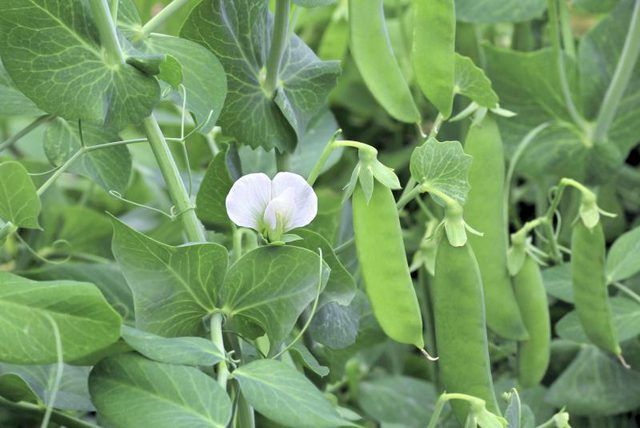Bulbs
Flower Basics
Flower Beds & Specialty Gardens
Flower Garden
Garden Furniture
Garden Gnomes
Garden Seeds
Garden Sheds
Garden Statues
Garden Tools & Supplies
Gardening Basics
Green & Organic
Groundcovers & Vines
Growing Annuals
Growing Basil
Growing Beans
Growing Berries
Growing Blueberries
Growing Cactus
Growing Corn
Growing Cotton
Growing Edibles
Growing Flowers
Growing Garlic
Growing Grapes
Growing Grass
Growing Herbs
Growing Jasmine
Growing Mint
Growing Mushrooms
Orchids
Growing Peanuts
Growing Perennials
Growing Plants
Growing Rosemary
Growing Roses
Growing Strawberries
Growing Sunflowers
Growing Thyme
Growing Tomatoes
Growing Tulips
Growing Vegetables
Herb Basics
Herb Garden
Indoor Growing
Landscaping Basics
Landscaping Patios
Landscaping Plants
Landscaping Shrubs
Landscaping Trees
Landscaping Walks & Pathways
Lawn Basics
Lawn Maintenance
Lawn Mowers
Lawn Ornaments
Lawn Planting
Lawn Tools
Outdoor Growing
Overall Landscape Planning
Pests, Weeds & Problems
Plant Basics
Rock Garden
Rose Garden
Shrubs
Soil
Specialty Gardens
Trees
Vegetable Garden
Yard Maintenance
What Is the Problem When Pea Plants Turn Yellow?
What Is the Problem When Pea Plants Turn Yellow?. If you've ever grown pea plants (Pisum sativum), you've likely experienced the fresh, sweet taste of a just-harvested, homegrown crop of peas. Peas are generally easy to grow, dependable and trouble-free plants. But if your plants start to turn yellow, it might mean they're just off to a slow...

If you've ever grown pea plants (Pisum sativum), you've likely experienced the fresh, sweet taste of a just-harvested, homegrown crop of peas. Peas are generally easy to grow, dependable and trouble-free plants. But if your plants start to turn yellow, it might mean they're just off to a slow start, but this could also signal a problem that needs attention to preserve the plants' health and ability to produce a good crop.
A Natural Process
Peas grow as annuals in all parts of the U.S. and can easily withstand freezing temperatures for short periods in spring. They do best in cool weather when air temperatures remain between 60 and 75 degrees Fahrenheit. But sometimes young pea seedlings might look slightly yellow, with yellowish leaves and yellow to pale green stems, especially when they're still small. If the entire plant looks like this, it's likely due to the cool, rainy weather of spring, which tends to keep the soil wet and cool. These soil conditions can slow the plant's ability to use nitrogen and other soil nutrients, holding back greening of its leaves and stems. This condition usually disappears as the air warms and the soil dries out, which helps the plants gradually turn a healthy green.
Fungal Disorders
Pea plants can develop several fungal disorders caused by microorganisms that live in soil. These fungi can become a problem when the soil doesn't drain well and tends to remain soggy. For example, fusarium wilt can cause green leaves to turn yellow, eventually stunting the pea plant's growth. Root rot is also caused by soil fungi; it causes similar yellowing of leaves but also can lead to withering of the stem near the ground, sometimes making the plant die back completely. Cut back diseased parts of the plant, wiping your tools with a cloth soaked in rubbing alcohol between cuts to prevent spread of disease, and clear debris from under plants regularly to slow fungal growth. Discourage future fungal problems by only planting peas in the same area once in every five years.
Pest Problems
Several pests can also infest pea plants and cause problems that could include yellowing of leaves. For example, small, greenish insects, called aphids, suck juices from leaves, causing them to curl, look deformed and eventually lose their green color and turn yellow. The aphids leave behind a sticky residue, called honeydew, which signals their presence. Spider mites can also infest pea plants, especially in warm, dry weather. Although they're microscopic, they make visible weblike coverings, especially over young leaves, causing leaves to turn yellow and then dry up. Destroy both aphids and mites by spraying plants with insecticidal soap, diluted at a rate of 6 tablespoons for each 1 gallon of water. Repeat the treatment every two weeks, or until the pests are gone. You could also purchase and release ladybugs or lacewings near the plants. These natural predator insects help reduce pest populations.
Late-Season Changes
If you notice leaves beginning to turn yellow during the summer, but the plants have been otherwise healthy and producing well, it's likely that they're responding to the arrival of hot weather. You might be able to extend the crop for a week or two by giving plants extra water, aiming for at least 1 inch per week including rain, but if they continue to fade and eventually die back, this signals the end of the cool growing season. If you'd like to continue harvesting peas, start a new crop late in summer, direct-seeding peas into the garden. Once the seedlings emerge, keep them well watered and, if the sun is still strong and hot, use a floating row cover to lower temperatures and provide shade. Remove the cover when early fall arrives to give the plants full sun and ensure a good fall crop.